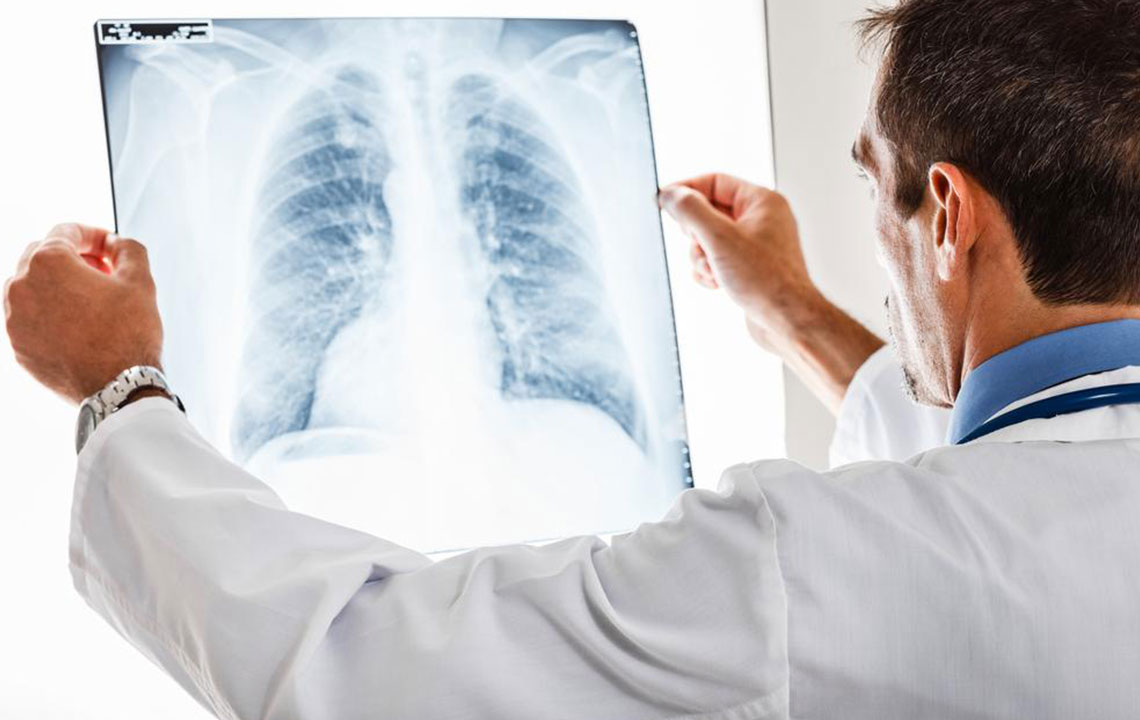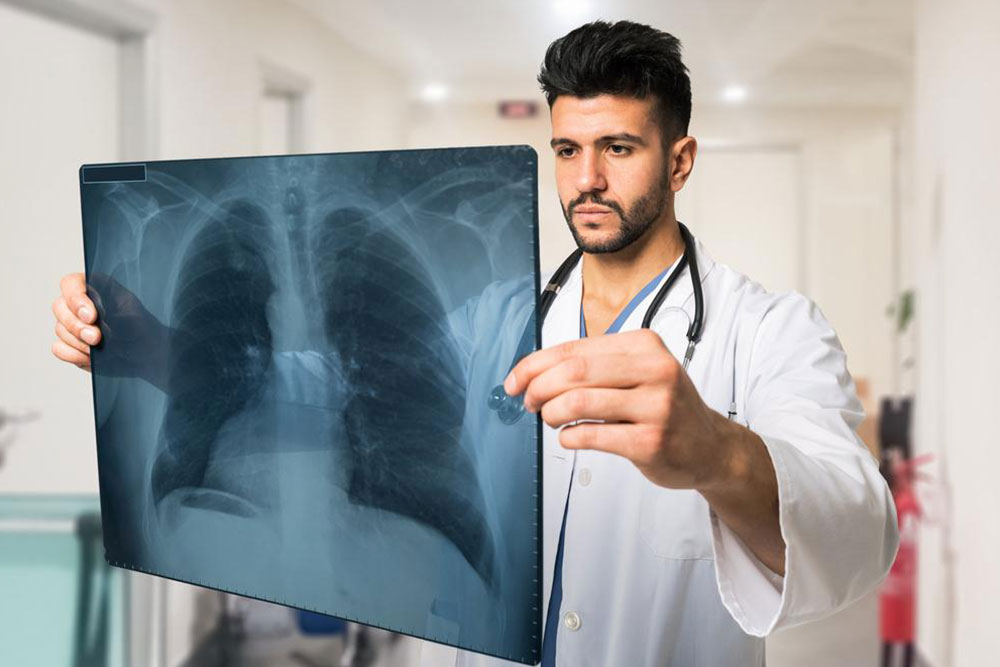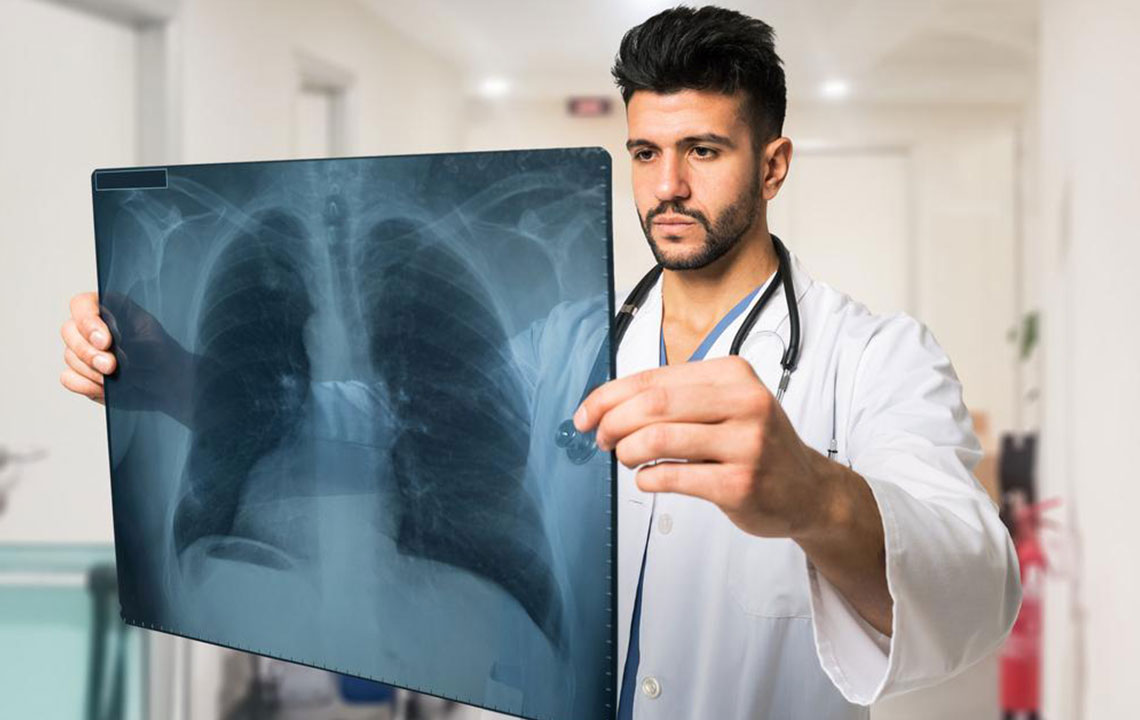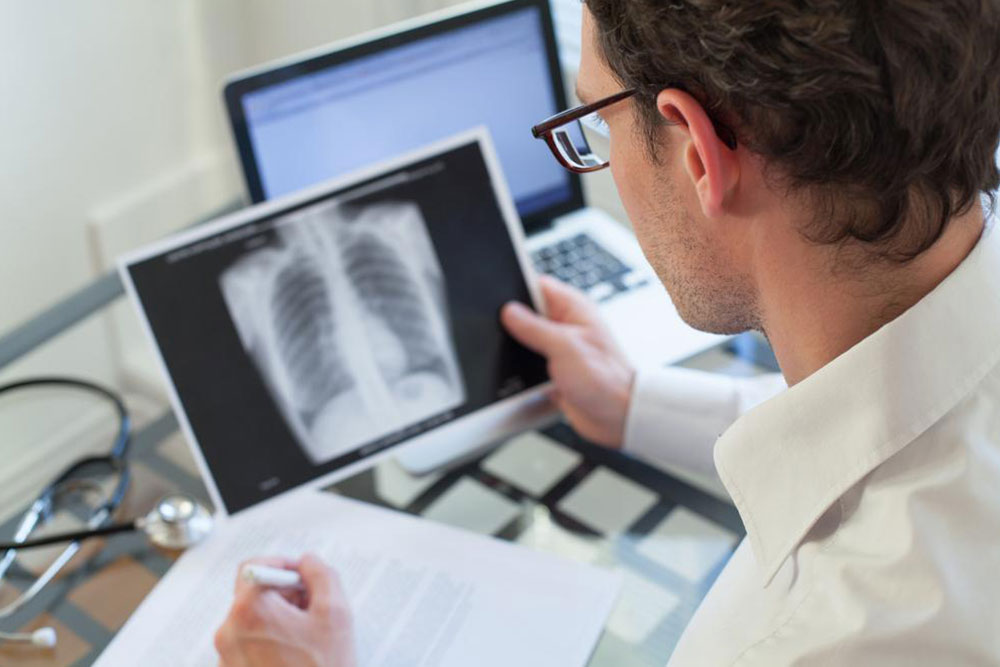Comprehensive Guide to Recognizing the Symptoms of Pulmonary Embolism
This detailed article explores the critical signs and symptoms of pulmonary embolism, emphasizing prompt diagnosis and treatment. Understanding the causes, risk factors, and prevention measures can save lives by encouraging early medical intervention. Learn to recognize symptoms like chest pain, shortness of breath, and cough with blood to ensure timely healthcare response. The article also highlights treatment options including anticoagulants and thrombolytics, providing essential information for at-risk individuals and healthcare providers alike.

Comprehensive Guide to Recognizing the Symptoms of Pulmonary Embolism
Pulmonary embolism (PE) is a critical medical emergency that occurs when a blood clot or other substance blocks an essential artery in the lungs. This blockage hinders blood flow, leading to lung tissue damage and a significant reduction in oxygen supply to the body. Recognizing the early signs of PE is vital for timely medical intervention, which can be life-saving. In this comprehensive guide, we will explore the causes, symptoms, risk factors, and treatments related to pulmonary embolism.
A pulmonary embolism results when substances such as blood clots, air bubbles, fat from bone marrow, or amniotic fluid lodge in the pulmonary arteries. These obstructions can develop suddenly, often without warning, and require swift diagnosis and treatment to prevent severe complications.
Common symptoms associated with pulmonary embolism are often sudden and alarming. They include sharp chest pain that may intensify with breathing or coughing, rapid breathing, and a feeling of impending doom. Patients might also experience coughing up blood, which is a significant indicator of lung involvement. Swelling, pain, or tenderness in the legs can suggest deep vein thrombosis, which is frequently the source of pulmonary emboli. Other signs include bluish discoloration of the skin (cyanosis), rapid heartbeat, fever, and dizziness or fainting spells.
Due to the severity of PE, immediate medical intervention is essential. Treatments aim to dissolve the clot, prevent new clots from forming, and restore normal blood flow. Anticoagulants like heparin are commonly administered to thin the blood and inhibit clot formation. In some cases, newer medications such as direct oral anticoagulants (DOACs) are used for quicker action with fewer side effects. Thrombolytic therapy may be employed in severe cases to dissolve large clots rapidly.
Understanding the risk factors for pulmonary embolism can aid in prevention and early detection. Prolonged immobility such as long flights or bed rest, recent surgeries especially in the pelvis or legs, pregnancy, certain cancers, obesity, and underlying heart conditions all increase the likelihood of developing PE. Recognizing symptoms early, particularly in high-risk individuals, can significantly reduce mortality and morbidity rates.
Prevention strategies include moving regularly during long periods of inactivity, using compression stockings, and managing underlying health conditions. If symptoms are experienced, immediate medical evaluation and imaging tests like CT pulmonary angiography are crucial for confirming diagnosis.





